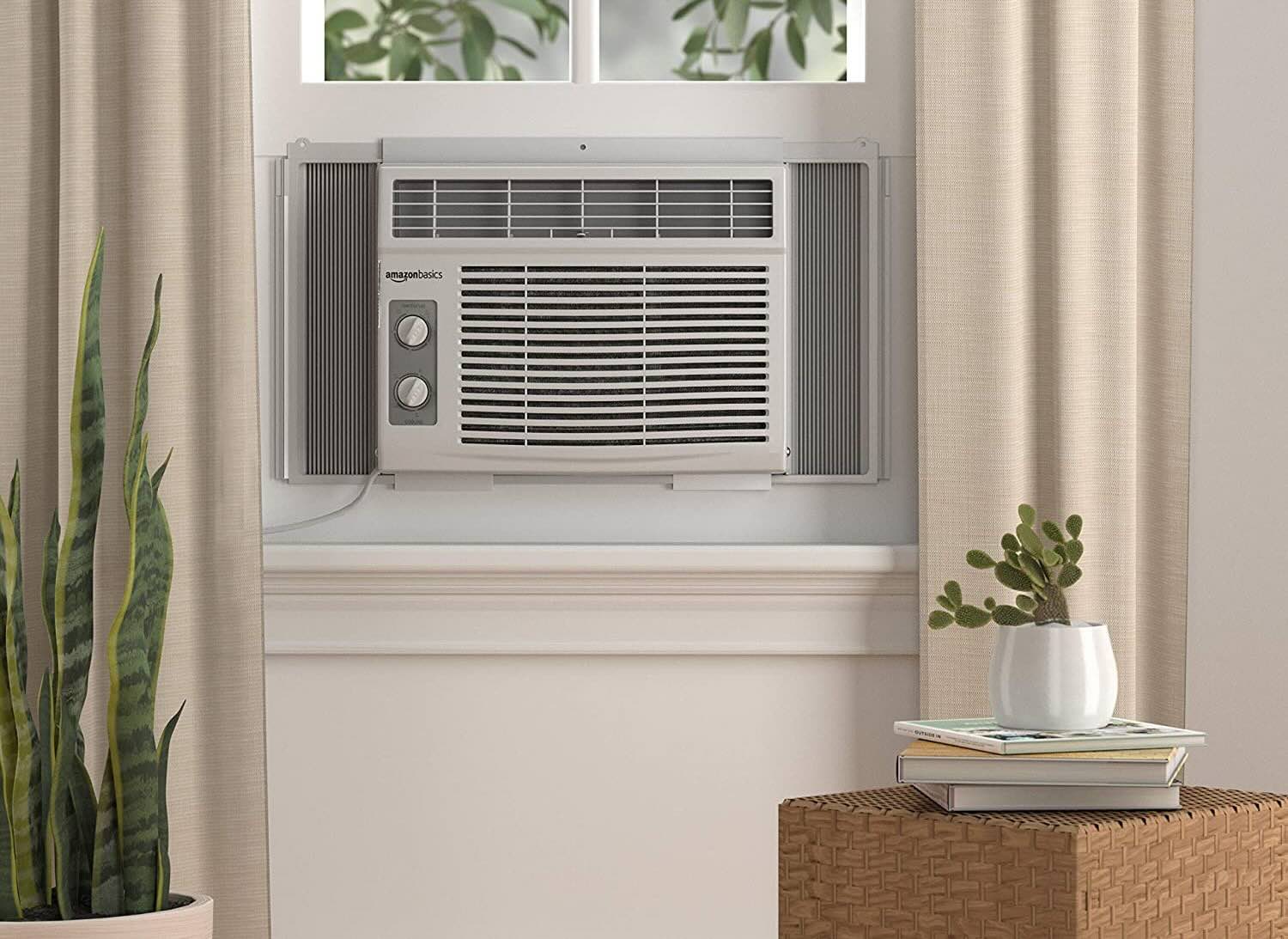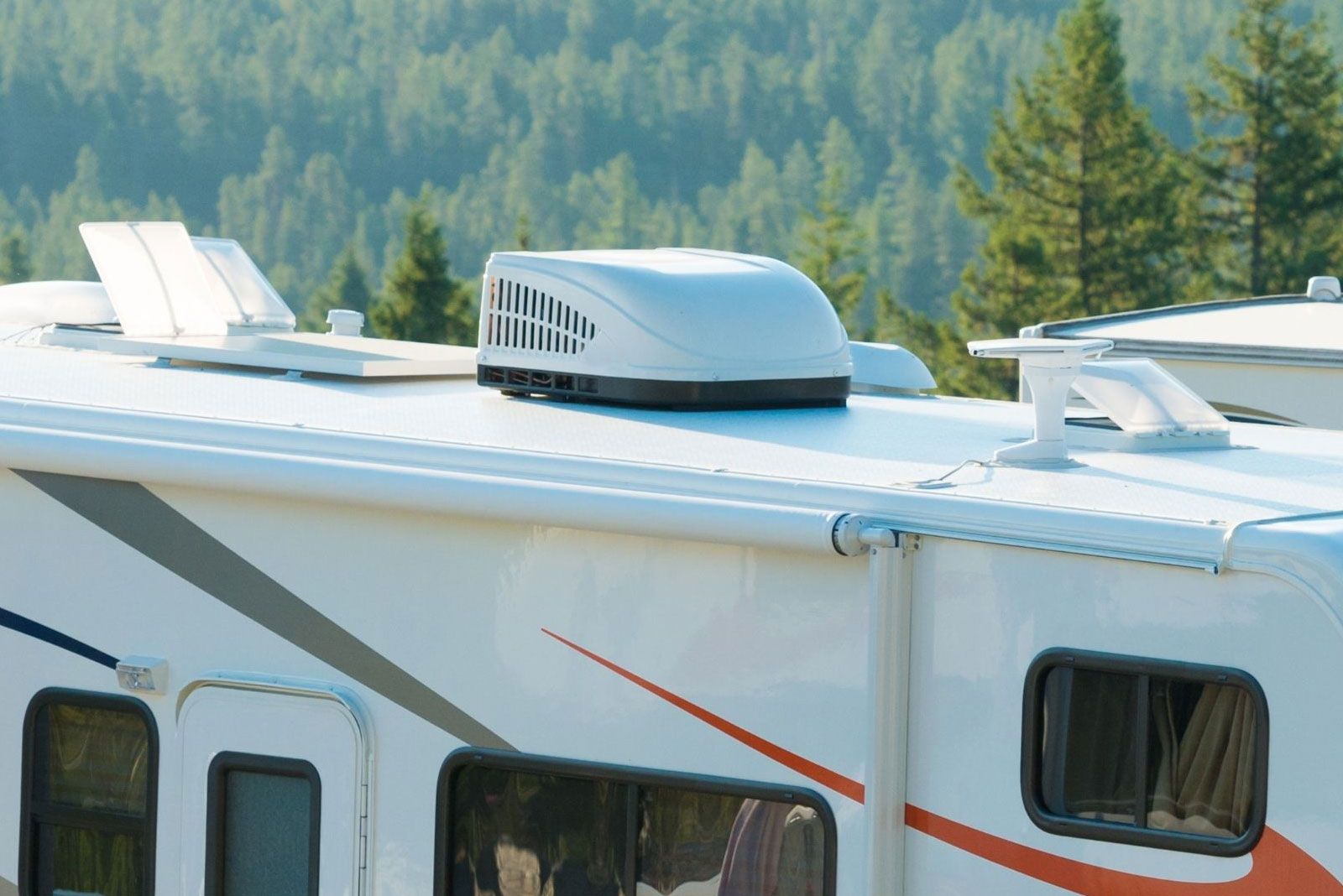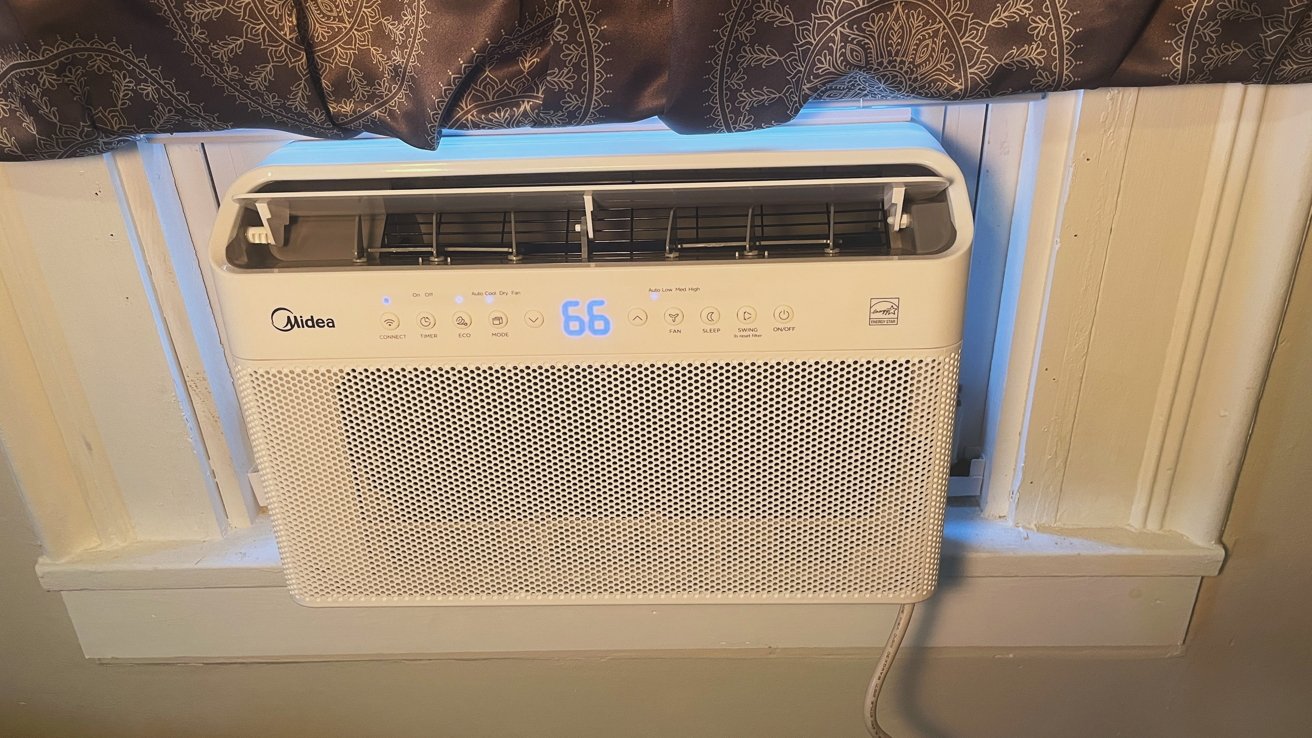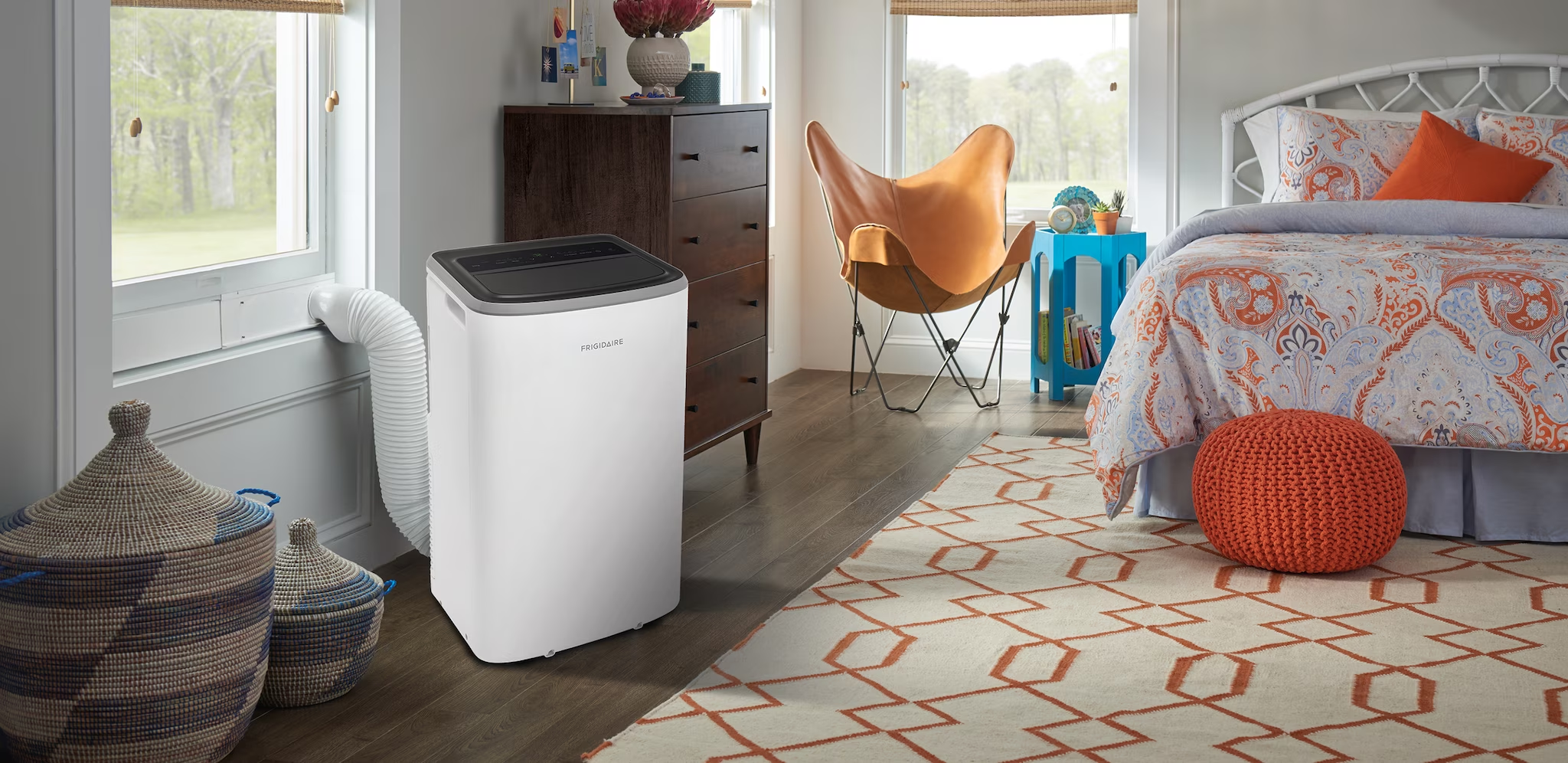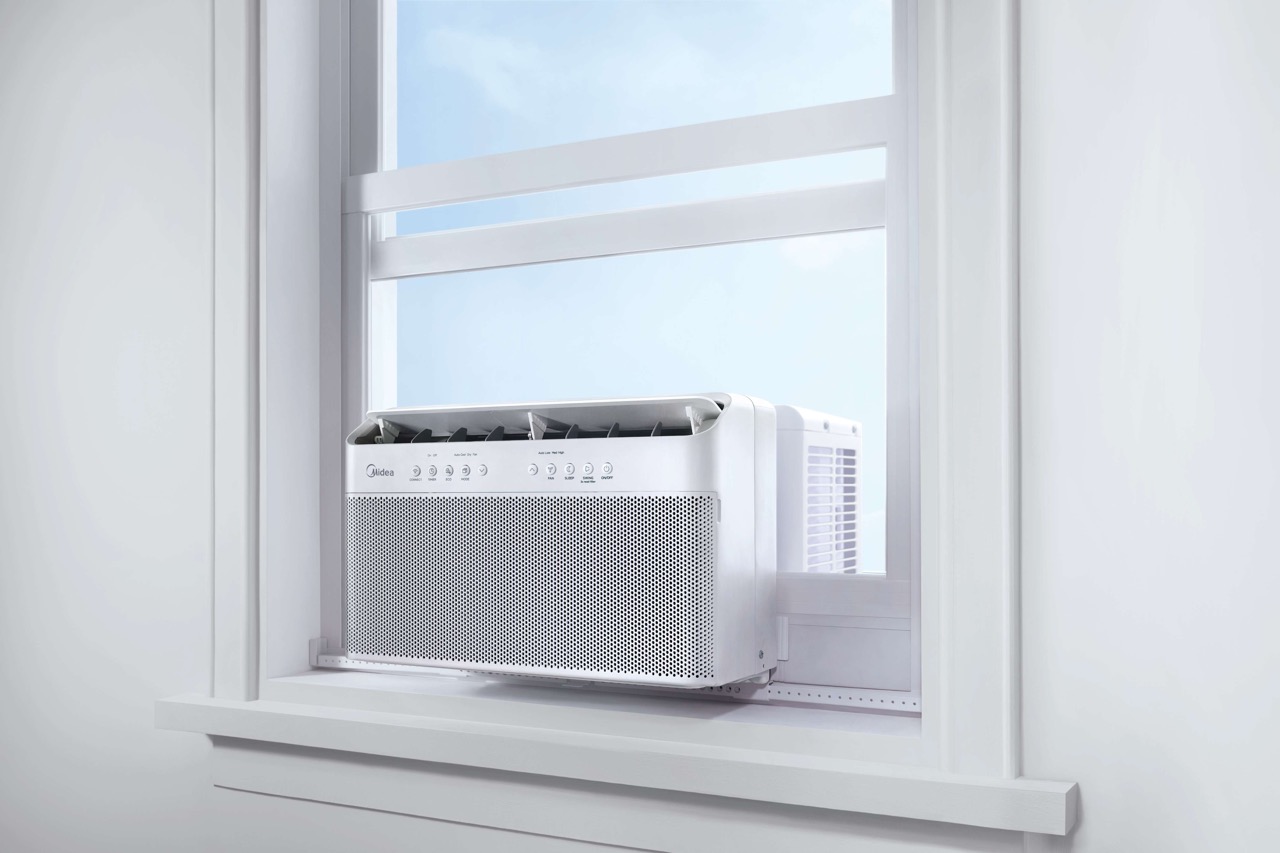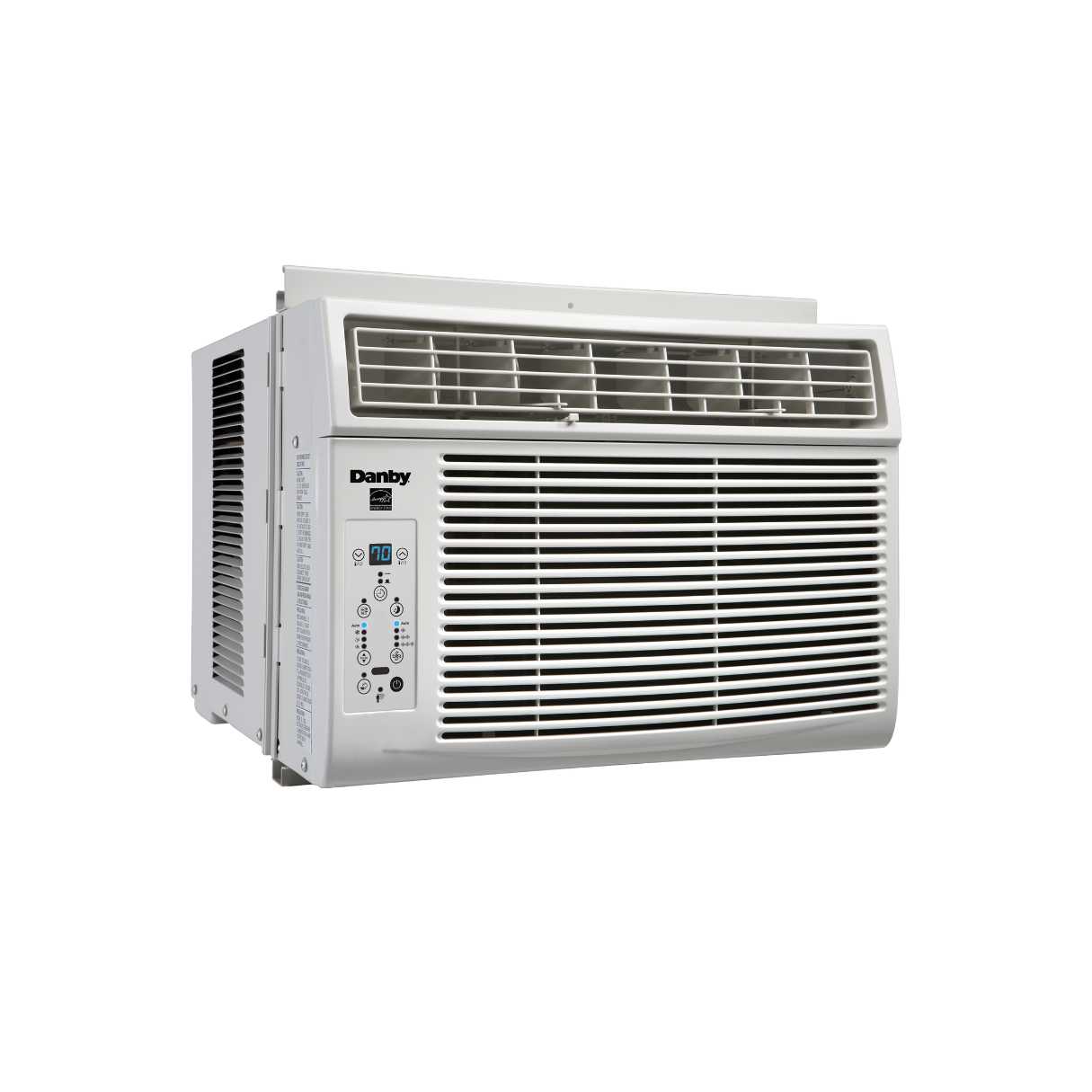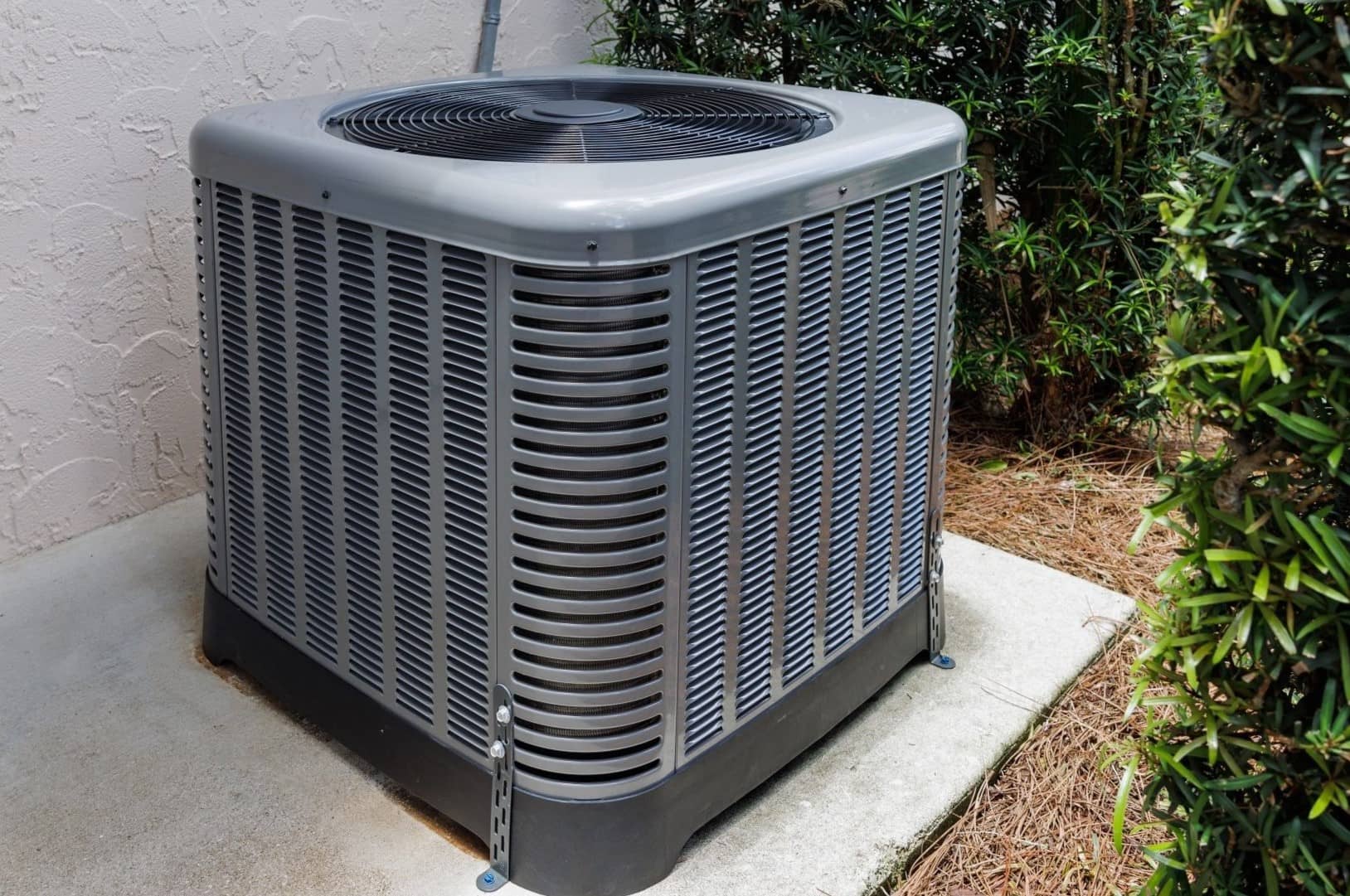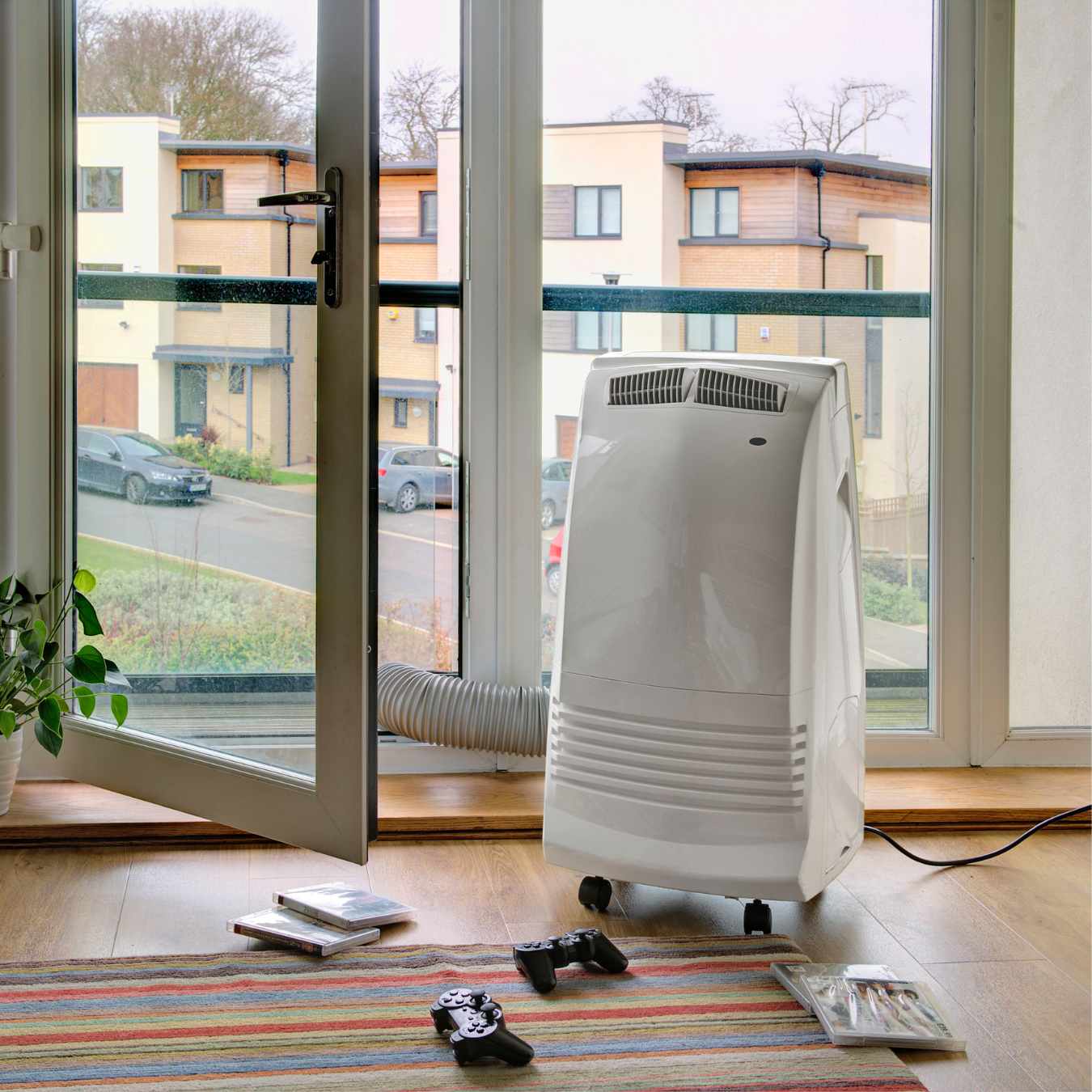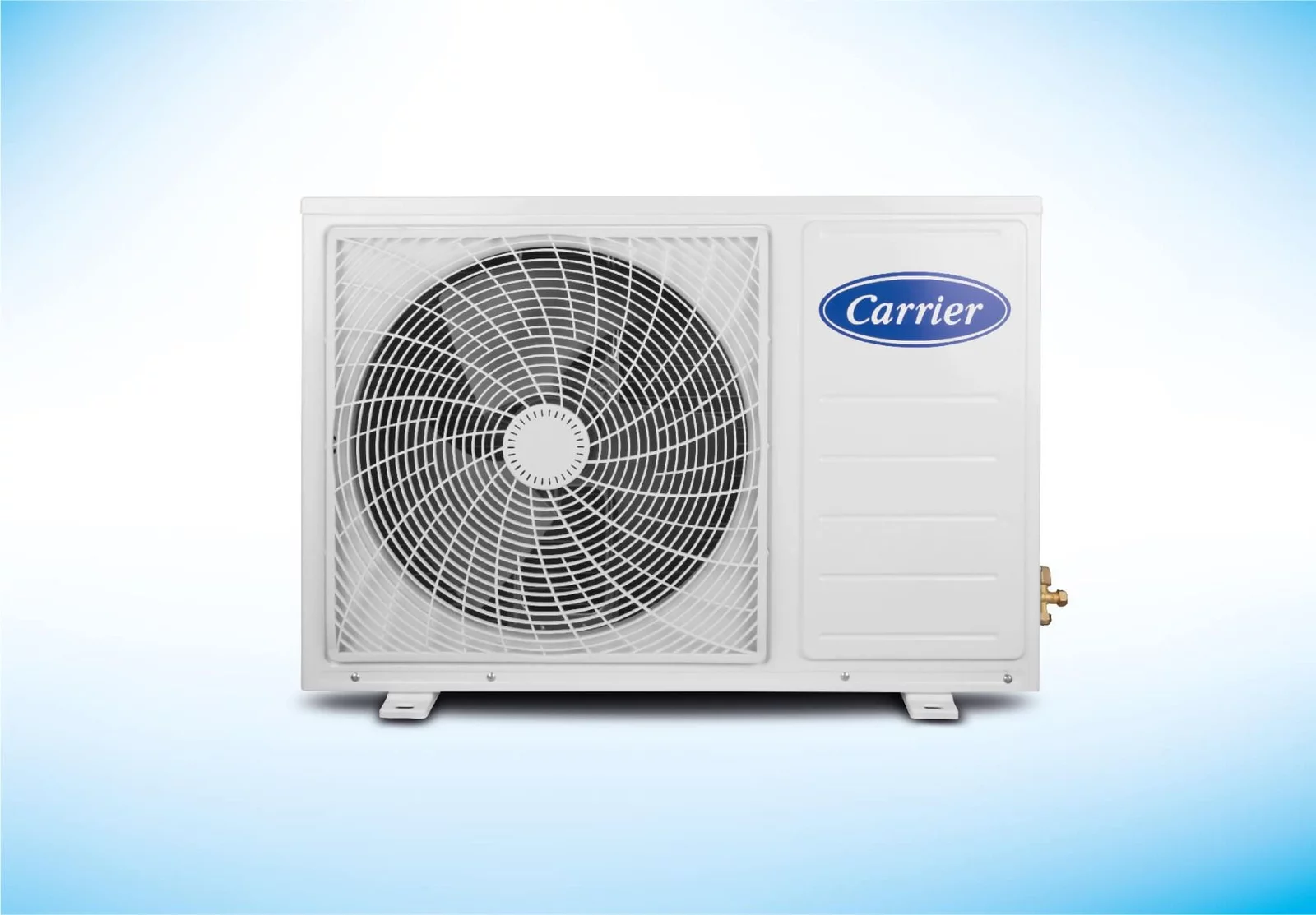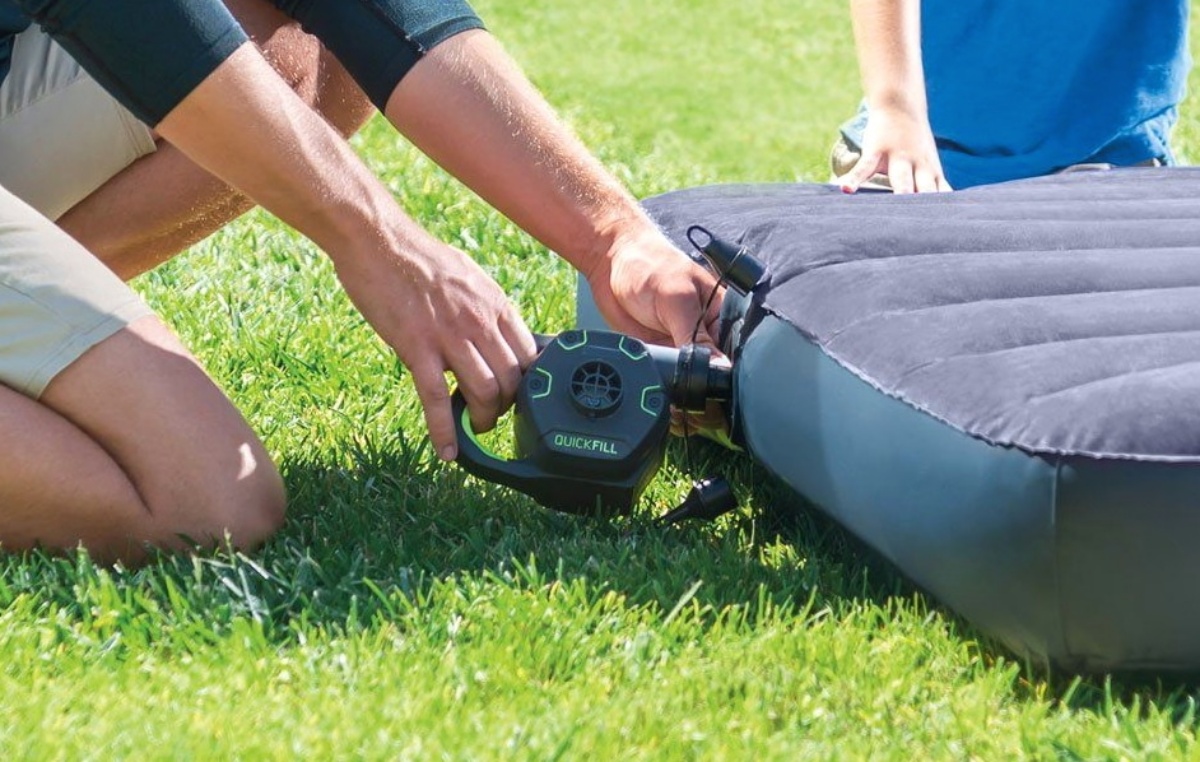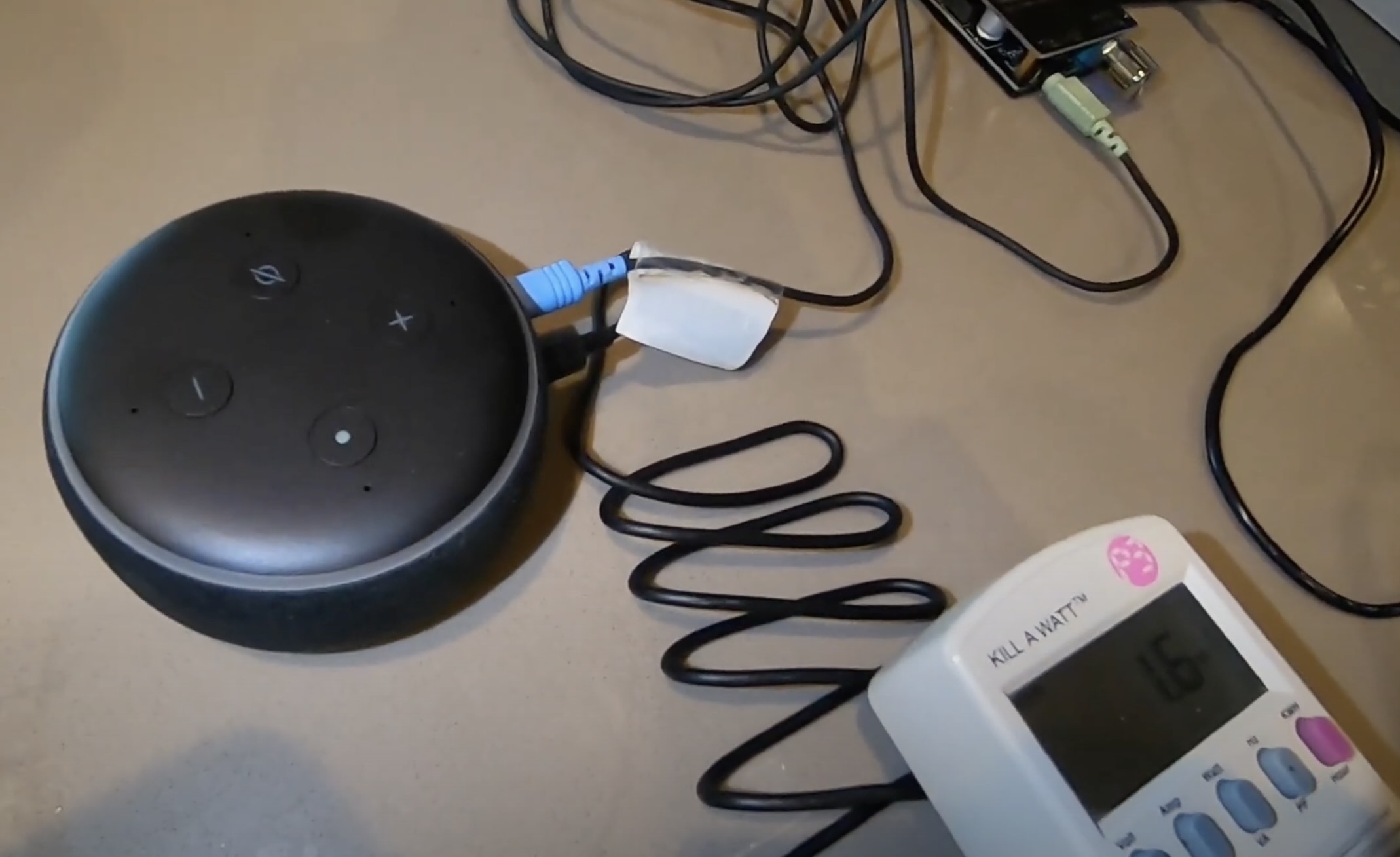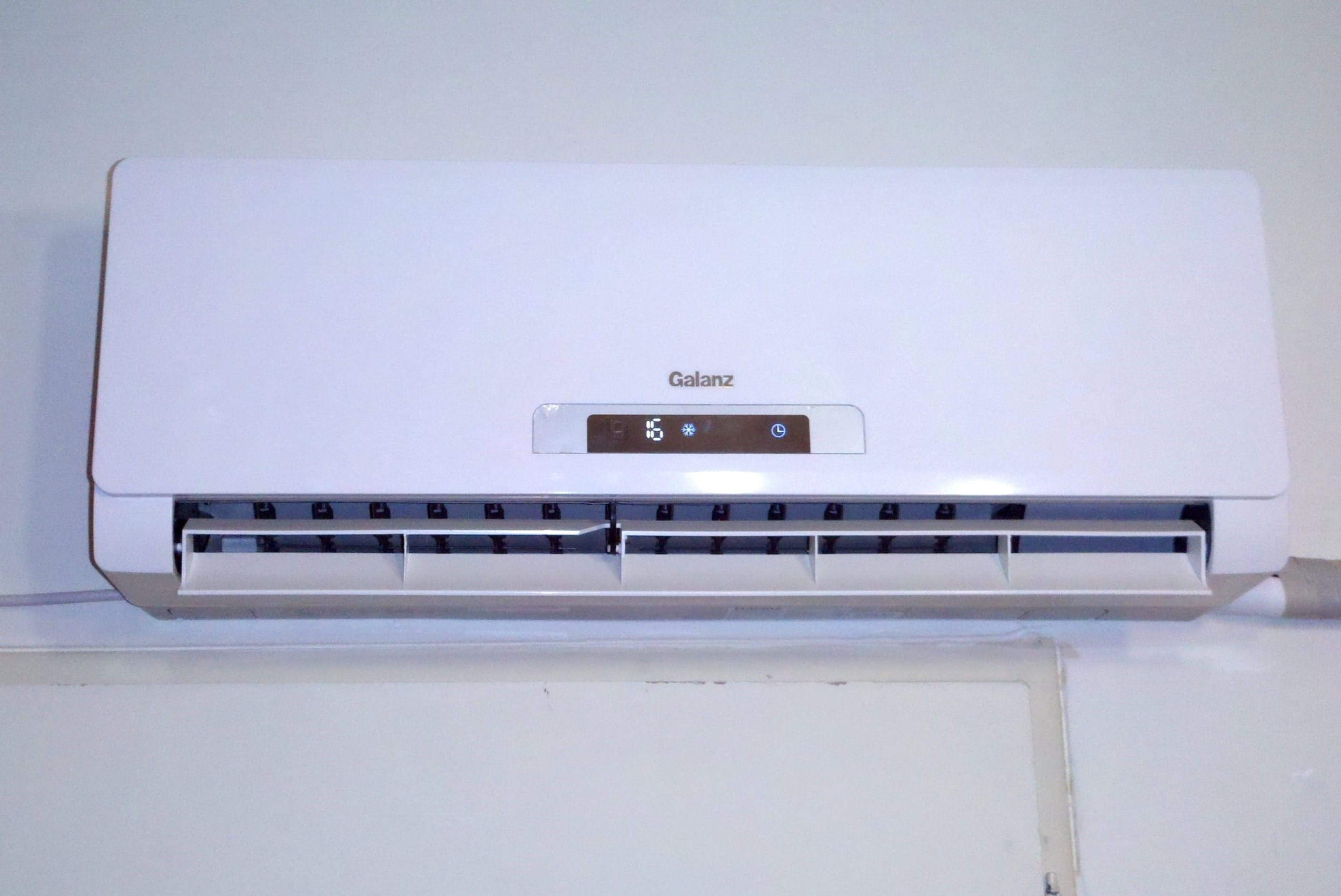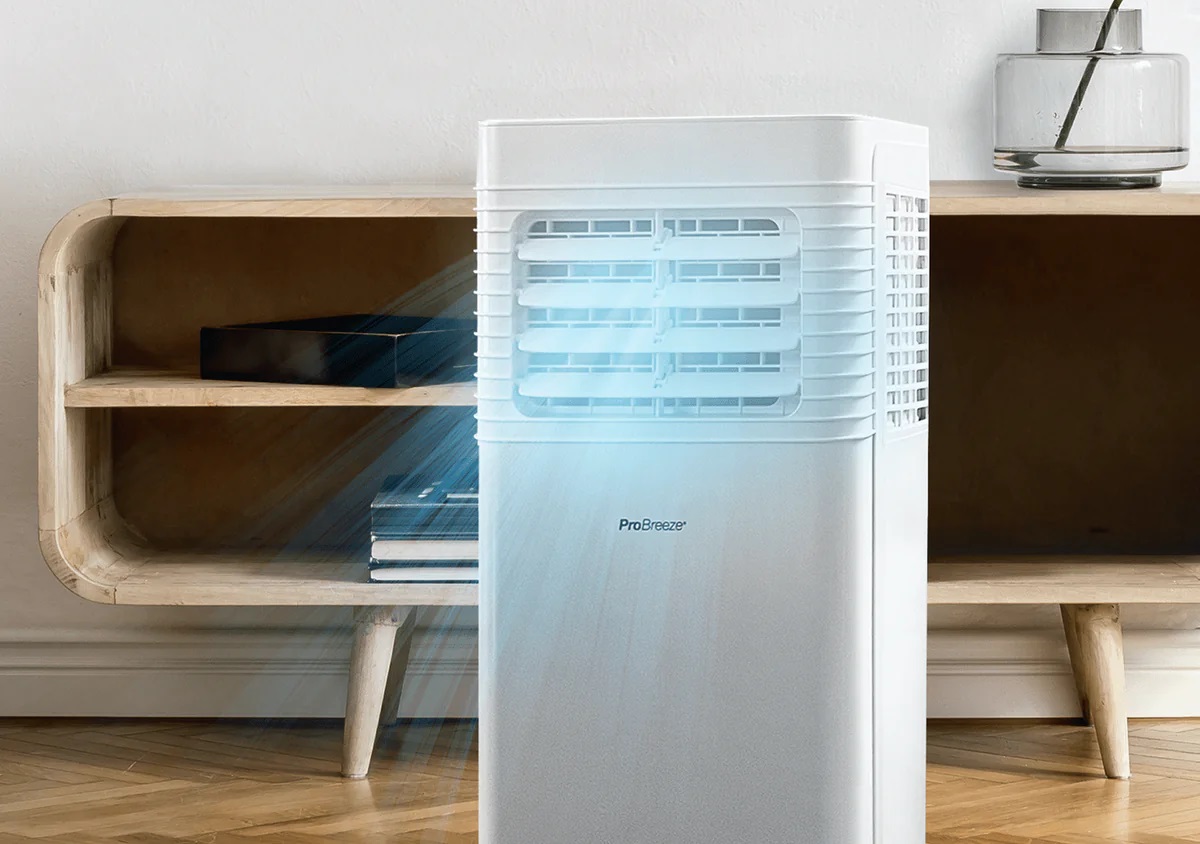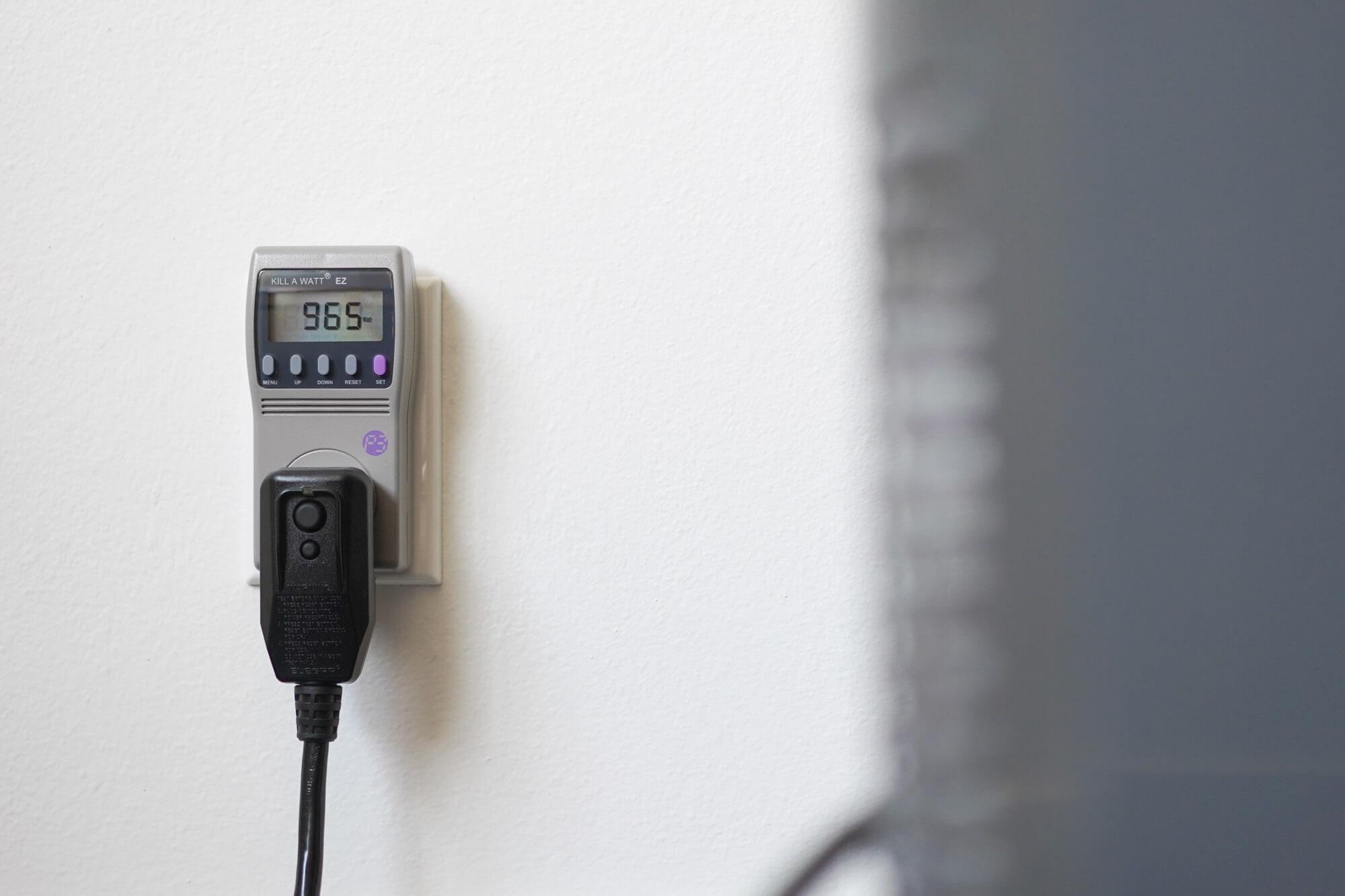Home>Home Maintenance>How Many Amps Does A 10,000 Btu Air Conditioner Use
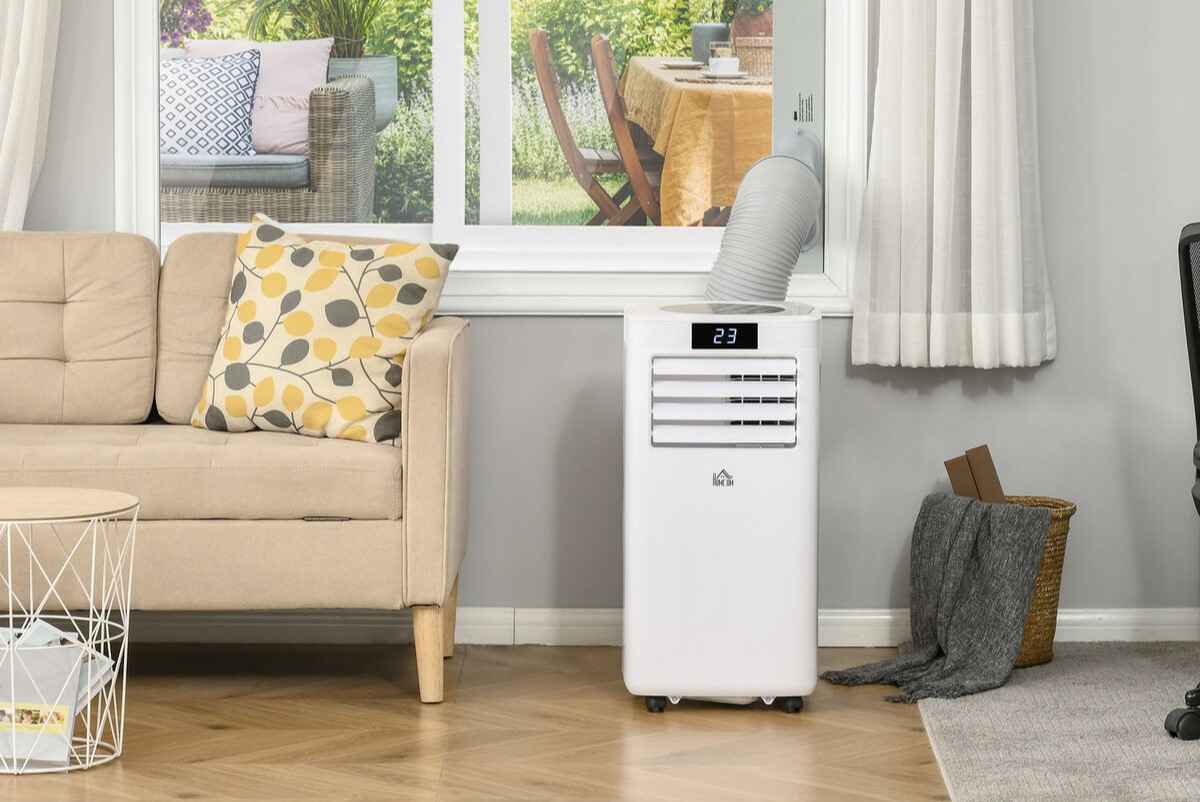

Home Maintenance
How Many Amps Does A 10,000 Btu Air Conditioner Use
Modified: March 7, 2024
Looking for answers about the power consumption of a 10,000 BTU air conditioner? Discover how many amps it uses and ensure efficient home maintenance.
(Many of the links in this article redirect to a specific reviewed product. Your purchase of these products through affiliate links helps to generate commission for Storables.com, at no extra cost. Learn more)
Introduction
When it comes to keeping our homes comfortable, air conditioning is a must-have, especially during hot summer months. One popular choice for many households is the 10,000 BTU (British Thermal Units) air conditioner. But have you ever wondered how much power it consumes?
In this article, we will explore the power consumption of a 10,000 BTU air conditioner and the factors that affect its amp usage. Understanding these details can help you make informed decisions about energy usage and potentially save on your electricity bills.
So, let’s dive in and uncover the energy usage of a 10,000 BTU air conditioner!
Key Takeaways:
- Keep your 10,000 BTU air conditioner’s amp usage in check by adjusting the temperature, maintaining insulation, and investing in an energy-efficient model with a higher SEER rating. These steps can help save energy and reduce electricity bills.
- Understanding the power consumption of your 10,000 BTU air conditioner is crucial for staying cool and saving money. By making informed choices and implementing energy-efficient practices, you can enjoy comfort while minimizing your environmental impact.
Understanding BTU
Before we delve into the power consumption of a 10,000 BTU air conditioner, let’s first understand what BTU means and how it relates to cooling power.
BTU, short for British Thermal Unit, is a unit of measurement commonly used in the heating, ventilation, and air conditioning (HVAC) industry to quantify the amount of heat an air conditioning system can remove from a room. In simple terms, BTU represents the cooling capacity of an air conditioner.
The higher the BTU rating, the more cooling power an air conditioner has. A 10,000 BTU air conditioner is considered to be a mid-range unit, suitable for cooling a room of approximately 350 to 450 square feet.
It’s important to note that while the BTU rating indicates the cooling capacity, it doesn’t directly correlate to the power consumption of the unit. The energy usage is measured in amps, which we will explore in the next section.
Power Consumption of a 10,000 BTU Air Conditioner
When it comes to power consumption, a 10,000 BTU air conditioner typically runs on average between 8 to 12 amps. The exact amp usage can vary depending on several factors, including the model, efficiency rating, usage patterns, and ambient conditions.
It’s important to note that amp usage is different from wattage. While watts represent the total power consumed by an electrical device, amps (amperes) refer to the current flowing through the circuit.
To determine the power consumption of a 10,000 BTU air conditioner in watts, you need to multiply the amps by the voltage in your area. In the United States, standard residential voltage is 120 volts. So, if your air conditioner draws 10 amps, the power consumption would be 1200 watts (10 amps x 120 volts).
Keep in mind that these numbers are approximate and can vary based on the specific model of the air conditioner. It’s always a good idea to check the manufacturer’s specifications to get accurate information on the power consumption of your particular unit.
Now that we know the power consumption of a 10,000 BTU air conditioner, let’s explore the factors that can affect its amp usage.
A 10,000 BTU air conditioner typically uses around 9-10 amps. Make sure to check the specific model’s manual for the exact amperage.
Factors Affecting Amp Usage
Several factors can influence the amp usage of a 10,000 BTU air conditioner. Understanding these factors can help you optimize energy usage and potentially reduce your electricity bills.
1. Temperature Setting: The lower the temperature setting on your air conditioner, the more amps it will draw. Setting the temperature slightly higher can help reduce amp usage and save energy.
2. Room Size and Insulation: If the room where the air conditioner is installed is larger or poorly insulated, the unit may have to work harder to cool the space, resulting in higher amp usage. Ensuring proper insulation and using the appropriate size air conditioner for the room can help optimize energy efficiency.
3. Outdoor Temperature: The ambient outdoor temperature can impact the amp usage of an air conditioner. Hotter outdoor temperatures may cause the unit to run longer and consume more amps to maintain the desired indoor temperature.
4. Air Filter Cleanliness: A dirty or clogged air filter can restrict airflow and make the air conditioner work harder. Regularly cleaning or replacing the air filter can help maintain optimal performance and reduce amp usage.
5. Energy Efficiency Rating: Air conditioners with higher energy efficiency ratings, such as units with an Energy Star certification, are designed to consume less energy. Investing in a more energy-efficient model can help lower amp usage and save on electricity costs in the long run.
It’s essential to consider these factors and make adjustments accordingly to optimize the amp usage of your 10,000 BTU air conditioner.
Efficiency Ratings and Energy Savings
Efficiency ratings play a significant role in determining the energy savings of a 10,000 BTU air conditioner. Higher efficiency units consume less energy to provide the same cooling power, resulting in reduced amp usage and lower electricity bills.
One of the key indicators of energy efficiency is the Seasonal Energy Efficiency Ratio (SEER) rating. SEER represents the cooling output of an air conditioner over a typical cooling season divided by the amount of energy consumed in watt-hours. The higher the SEER rating, the more energy-efficient the unit is.
For a 10,000 BTU air conditioner, you can find models with SEER ratings ranging from 10 to 20. Choosing a unit with a higher SEER rating can lead to significant energy savings over time, making it a worthwhile investment.
In addition to SEER ratings, other energy-saving features to look out for include programmable timers, sleep modes, and advanced temperature sensors. These features allow you to customize the operation of your air conditioner, optimizing energy usage based on your specific needs.
Alongside energy-efficient equipment, there are some general tips that can help you save energy and reduce your overall carbon footprint:
- Keep doors and windows closed when the air conditioner is running to minimize the hot air entering the room.
- Use blinds or curtains to block out direct sunlight and reduce energy consumption.
- Consider using a ceiling fan to enhance air circulation and reduce the workload on the air conditioner.
- Regularly maintain and clean your air conditioner to ensure optimal performance and efficiency.
- Consider utilizing a programmable thermostat to adjust the temperature based on your schedule.
By implementing these practices and investing in an energy-efficient 10,000 BTU air conditioner, you can achieve significant energy savings and contribute to a more sustainable environment.
Conclusion
Choosing the right air conditioner for your home and understanding its power consumption is essential for both comfort and energy savings. With a 10,000 BTU air conditioner, you can enjoy efficient cooling for a room size of approximately 350 to 450 square feet.
Remember that the power consumption of a 10,000 BTU air conditioner typically ranges between 8 to 12 amps, with variations based on factors like temperature setting, room size, insulation, outdoor temperature, air filter cleanliness, and energy efficiency rating.
To optimize energy usage and reduce your electricity bills, consider adjusting the temperature setting, ensuring proper insulation, cleaning or replacing the air filter regularly, and investing in a more energy-efficient model with a higher SEER rating. Combining these practices with other energy-saving habits, such as keeping doors and windows closed and using ceiling fans, can make a significant difference in your overall energy consumption.
Ultimately, by making informed choices and implementing energy-efficient practices, you can stay cool during the hot summer months while minimizing your environmental impact and saving money on your energy bills.
So, next time you’re in the market for a 10,000 BTU air conditioner, be mindful of its power consumption and choose a model that best fits your needs for both comfort and energy efficiency. Stay cool and enjoy the benefits of a well-maintained and energy-efficient air conditioning system!
Frequently Asked Questions about How Many Amps Does A 10,000 Btu Air Conditioner Use
Was this page helpful?
At Storables.com, we guarantee accurate and reliable information. Our content, validated by Expert Board Contributors, is crafted following stringent Editorial Policies. We're committed to providing you with well-researched, expert-backed insights for all your informational needs.
